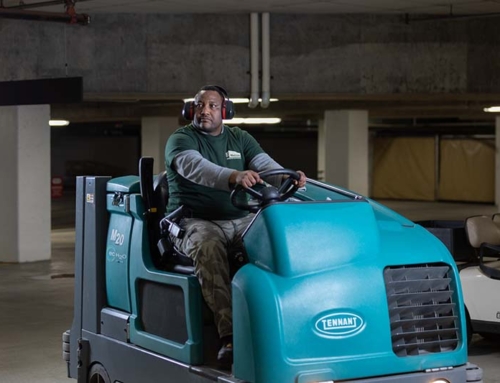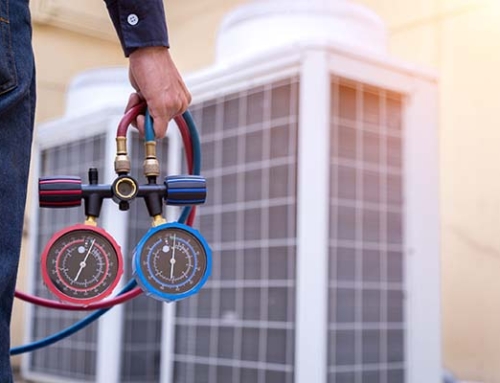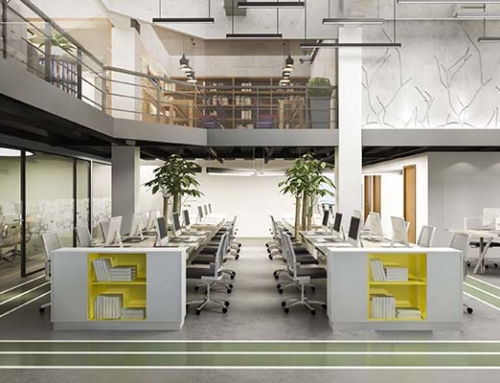 Technology is at the forefront of every industry and sector, and facility services are no different. Everyone from business owners and facility managers are integrating technology into their business model. Yet, despite the explosion and growth of connected devices and technology, research shows facility managers still spend most of their time on day-to-day tactical tasks. Here are some practical applications and technologies you can adopt to achieve greater efficiency in your core day-to-day facility processes.
Technology is at the forefront of every industry and sector, and facility services are no different. Everyone from business owners and facility managers are integrating technology into their business model. Yet, despite the explosion and growth of connected devices and technology, research shows facility managers still spend most of their time on day-to-day tactical tasks. Here are some practical applications and technologies you can adopt to achieve greater efficiency in your core day-to-day facility processes.
Tech for Greater Building Safety and Security
Facility managers must continually remain aware of new threats and the safest and most efficient building security solutions. There is no one-size-fits-all solution: every environment is unique, so your first step is to conduct a risk assessment. Since technology is advancing so quickly, it might help to consult a professional company like Marsden Services. An experienced security services firm will identify the most efficient approach by combining traditional and tech-enabled guarding solutions. Here are some fundamental technology solutions you should consider to help optimize your security and cost:
- Virtual Patrol Solutions: This approach combines properly placed video surveillance systems and trained guard staff to conduct virtual rounds of your facility.
- AI-Driven Remote Guarding: Modern artificial intelligence-powered cameras and protocols can identify anomalies and alert live guards when needed for attention or inspection. Remote guarding services can lead to 40 – 60% cost savings vs. traditional guarding methods.
- Drones and Remote Video Trailers: Placing video trailers or using drones for remote location monitoring can save costs and deter intruders.
- Motion Detectors: Motion detectors are also a simple and low-cost solution that can be combined with other monitoring solutions to offset live guard patrols.
Robotics, Tech, and Automation in Janitorial Services
The way we clean buildings is changing, and the pandemic has changed the operations of many facilities for the foreseeable future. Janitorial services teams play a critical role in the day-to-day operations of a facility and are essential to creating clean, safe, and healthy environments. They also represent a significant opportunity to find efficiencies through automation. Facility managers now have access to a broader range of tools than ever before. Automated cleaning robots can sweep, mop, vacuum, empty trash, gather data, and perform many other repetitive functions with little human intervention.
While automation can drive significant operating efficiency, robotic cleaning machines won’t replace your janitorial services staff. However, by taking on redundant tasks, robotic cleaning technologies can free up janitorial services staff to focus on high-level and more skilled tasks that require deep cleaning or a human touch. Professional facility services firms like Marsden can draw upon years of practical experience to analyze your needs and identify the right mix of human and robotic approaches to realize a return on any investment. Here are some of the key benefits from implementing automation and robotic cleaning:
- Increases in productivity and greater tenant satisfaction/customer service
- Streamlined management through centralized data to track and audit cleaning
- Increased efficiency and reduced labor costs
- Improvements in safety
Technology to Improve HVAC Operating Efficiency & Air Purification
It’s a known fact that indoor air quality correlates with health; in March 2022, the U.S. Environmental Protection Agency released the “Clean Air in Buildings Challenge,” which calls on building owners and managers to monitor the air quality in their facilities and reduce the risk of airborne illness and contaminants indoors. If air is not appropriately filtered, it can decrease the efficiency of your HVAC system and increase the transmission of bacteria, viruses, and mold. Both can lead to lost efficiency and higher costs from equipment repair, decreased employee productivity, or time loss due to illness.
Installing a responsive air and surface purification system can address particulate buildup. Consider finding a system with sensors installed throughout your building to detect when particulate levels are too high and will automatically trigger the system to begin sanitizing the air. Also review the system’s capabilities, including how long it takes to clean the air, how effectively it does so, and if there are any byproducts of the process. Marsden’s CleanAir system powered by PuriFi can cleanse the air in minutes, and it also deactivates 99.994% of tested allergens, bacteria, and viruses, including virus that cause infectious diseases.
As New Technologies Advance, So Can the Efficiency of Your Facility Operations
Leveraging the latest technology and working with knowledgeable facility services partners will help you automate and do things faster and more efficiently. In addition to the technological solutions focusing on your core day-to-day operations, there are many other smart building solutions to consider that can give you more power and control over your operations.
Want to learn more? Read what we’re reading:
- EPA Announces the “Clean Air in Buildings Challenge” to Help Building Owners and Operators Improve Indoor Air Quality and Protect Public Health
- Automation, Artificial Intelligence, and the Changing Role of Building Managers
- How Technology is Driving the Future of Facilities Management
- Six Emerging Trends in Facilities Management Sourcing
- How Technology is Driving the Future of Facilities Management
- 3 Innovations Changing the Possibilities of Security Technology
- Essential Security Trends for Facility Managers
- Some Practical Advantages of Robotic Cleaning Machines
- The Impact of Pollution on Worker Productivity
- 40% of U.S workers have taken a day off because of air quality, study says



